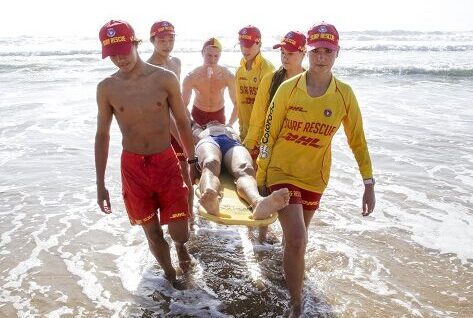What is a surf lifesaver?
Surf lifesavers
A surf lifesaver is a trained volunteer focused on ensuring the safety of beachgoers. In NSW, over 20,000 surf lifesavers dedicate their time each year during the peak season to help beachgoers enjoy the surf safely at patrolled beaches. Each patrol member is trained to the highest standards and commits numerous hours each weekend during the season to protect patrolled beaches along the NSW coastline.

- Monitoring the beach: Keeping watch over swimmers and surfers to prevent accidents
- Rescuing individuals: Using rescue boards, tubes, or boats to assist those in distress
- Providing first aid: Administering medical assistance to those injured or in trouble
- Educating the public: Offering safety advice and information about beach conditions, rips, and hazards
- Patrolling the beach: Ensuring that safety flags and signage are properly displayed

